Have you ever opened your dishwasher to find it hasn’t filled with water? If so, you know the feeling of dread that comes along with it. Not only is your dishwasher not doing its job, but you’re also stuck trying to figure out why and how to fix it.
Fortunately, there are some simple steps you can take to diagnose and repair problems related to a dishwasher not getting water.
Reasons Why Is My Dishwasher Turning On But Not Getting Water
There can be many explanations as to why your dishwasher is powering on, but not supplying water. It could be an issue with the water supply, the dishwasher’s wiring or valves, or an issue with its motor.
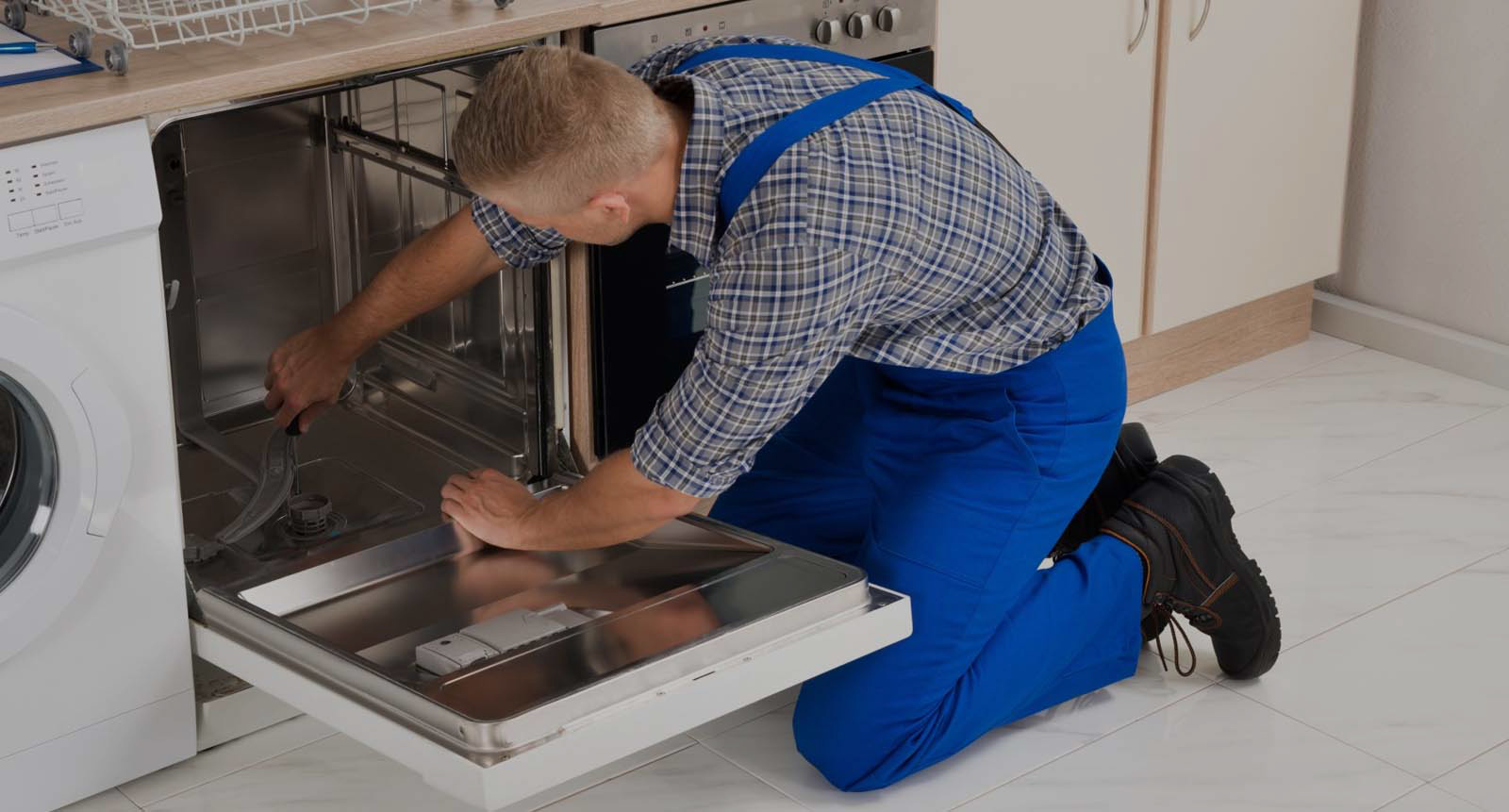
Rising Float
When your dishwasher fails to fill up with water, the most probable cause is a floating switch or ball float that monitors how much liquid is in its basin. If the float becomes jammed against the sides of its tube or catches on something, it can cause a blockage and prevent water from entering your dishwasher.
Dirt On Valve Screens
One of the main reasons a dishwasher isn’t receiving any water is when dirt accumulates on its intake valve screens. To avoid water clogging the dishwasher, cleaning off filters regularly is essential. To begin, make sure to power off your dishwasher by unplugging it or turning the circuit breaker off. Locate the inlet valve screens and remove any debris, sediment, or other matter that may be blocking them. Once they’re clean, reassemble everything and turn the power back on to see if this has fixed the issue.
Drain Solenoid Malfunctions
If the dishwasher is failing to receive any water, it could be due to an inoperative drain solenoid. The drain solenoid is responsible for controlling the flow of water into the washing machine as well as draining away soapy water. If it fails to open or close properly, your dishwasher won’t operate correctly. The best way to troubleshoot this issue is to check the drain solenoid for any loose connections or blockages. If there are no obvious problems, then you may need to replace the solenoid altogether.
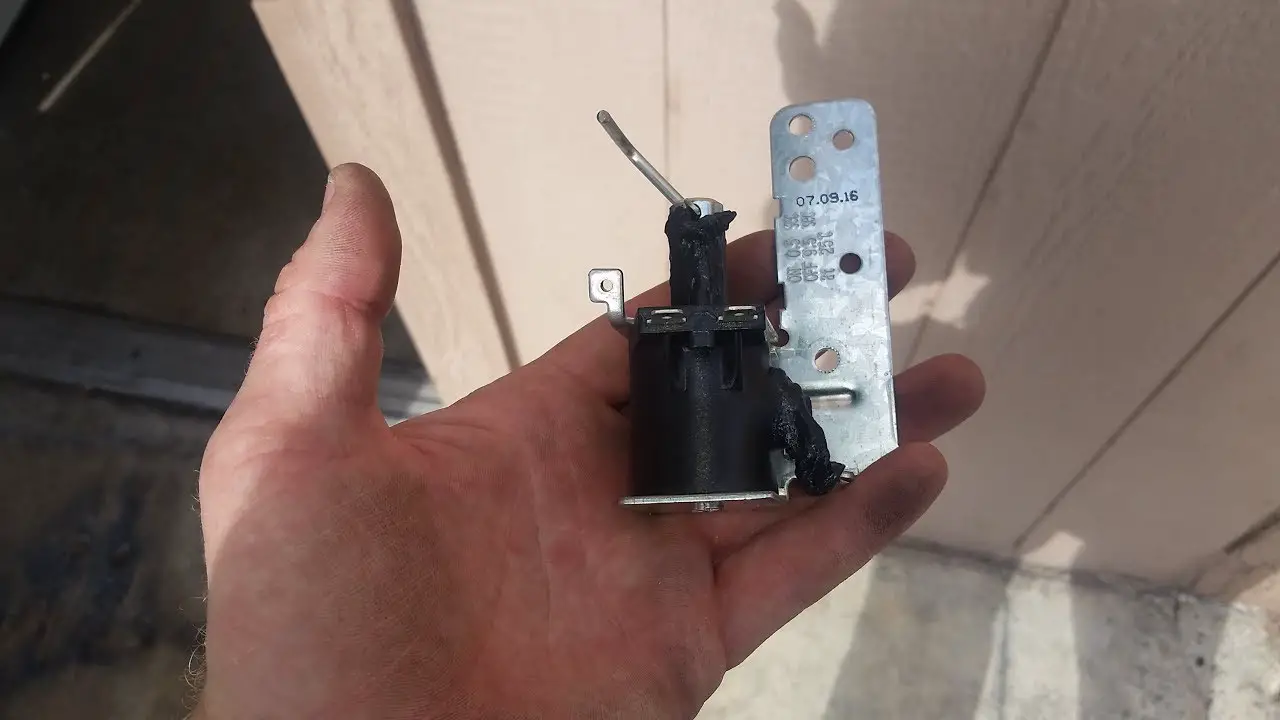
Water Supply Kinks
Unsure why the dishwasher isn’t getting any water? Look for kinks in the hoses that are supplying it. If a bend is present, straighten it out to restore normal flow. Check for loose hose clamps and tighten them if necessary. To prevent future problems with kinks, replace any corrugated sections of hose with flexible stainless steel hoses when possible.
Dishwasher Door Indicator Not Working Properly
To ensure the dishwasher is receiving water, make sure to check if the door indicator light turns on when you open and shut the door. If it’s not working properly, it could mean that something is blocking the latch from engaging and allowing water into the unit. First, visually inspect that all of the gaskets are in place around the door and that the latch is properly aligned. If it appears to be in good condition, use a multimeter to test the continuity of the circuit. This can help determine if there is an issue with the wires or switch mechanism within the dishwasher. If attempting to repair or replace particular components does not resolve the issue, it may be time to seek professional assistance for your dishwasher. [1]
How To Fix A Dishwasher That Gets No Water
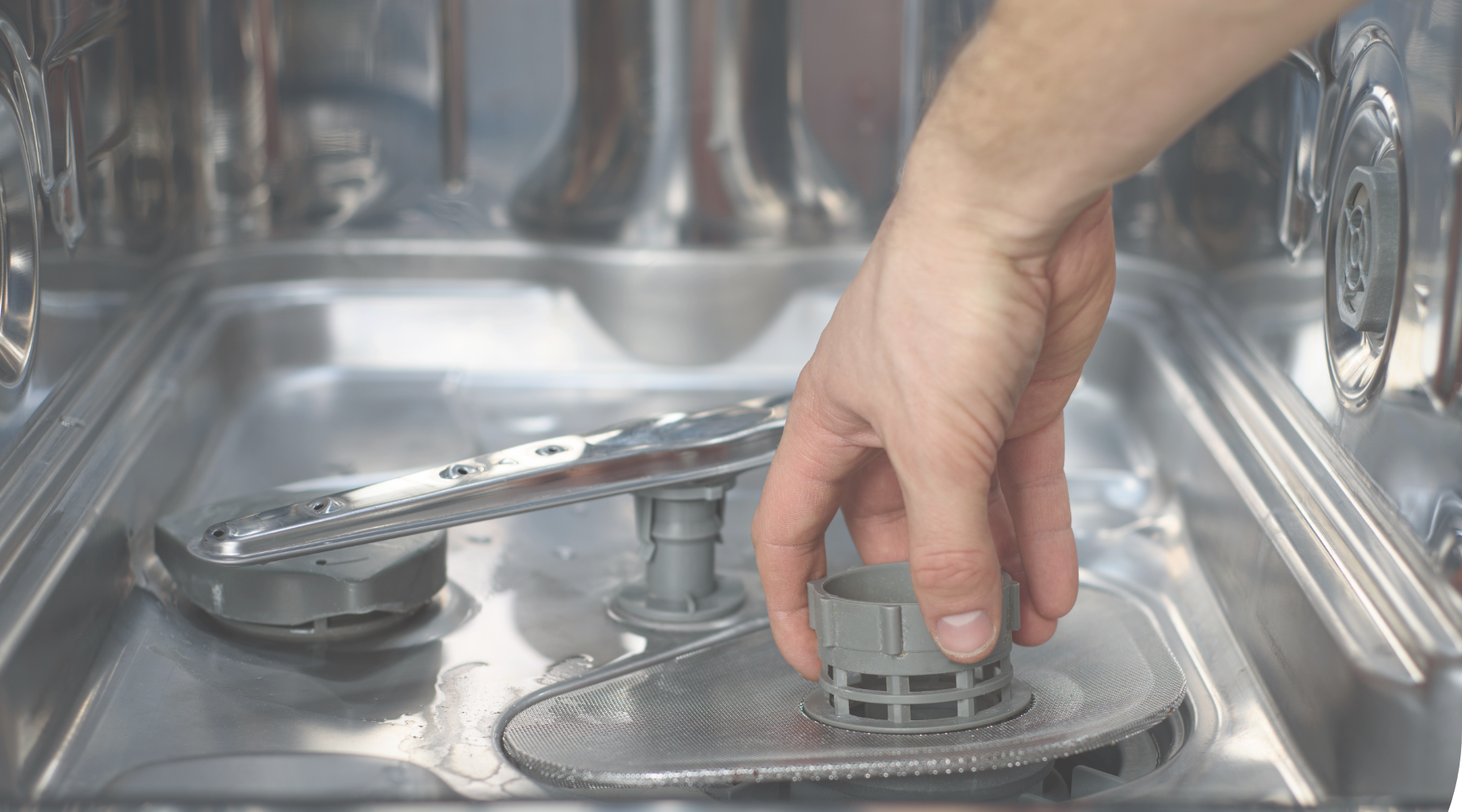
There could be numerous explanations for why water isn’t coming through to your dishwasher. Before attempting to repair the issue, it’s important to identify the exact problem. Here are some common causes and solutions for a dishwasher that won’t get water:
Inspect The Inlet Valve
To uncover the source of a dishwasher’s incapacity to receive water, examine the inlet valve as the initial step. This is the component which opens and allows water to flow into the machine. It could be that this valve has become blocked or damaged and is not allowing adequate water to pass through it. If you find any blockages, remove them and check to see if your dishwasher is now filling with water.
Assess The State Of The Float
The float switch is responsible for controlling the water level in your dishwasher. If this component has failed, it could be preventing the appliance from filling with water. To check if this is the case, you need to open the access panel on your dishwasher and locate the float switch (it looks like a metal ball attached to an arm). Once you have found it, use a multimeter to test it for continuity. If there is no continuity, then the switch needs to be replaced.
Examine The Door Switch
If the door switch is faulty or stuck in an incorrect position, your dishwasher won’t receive any water – this component determines when it’s time for filling up. To check the switch, open up your dishwasher and manually activate the switch by pressing down on it. If that doesn’t work, you’ll need to replace it. [2]
Possible Faulty Parts When Your Dishwasher Doesn’t Draw Water
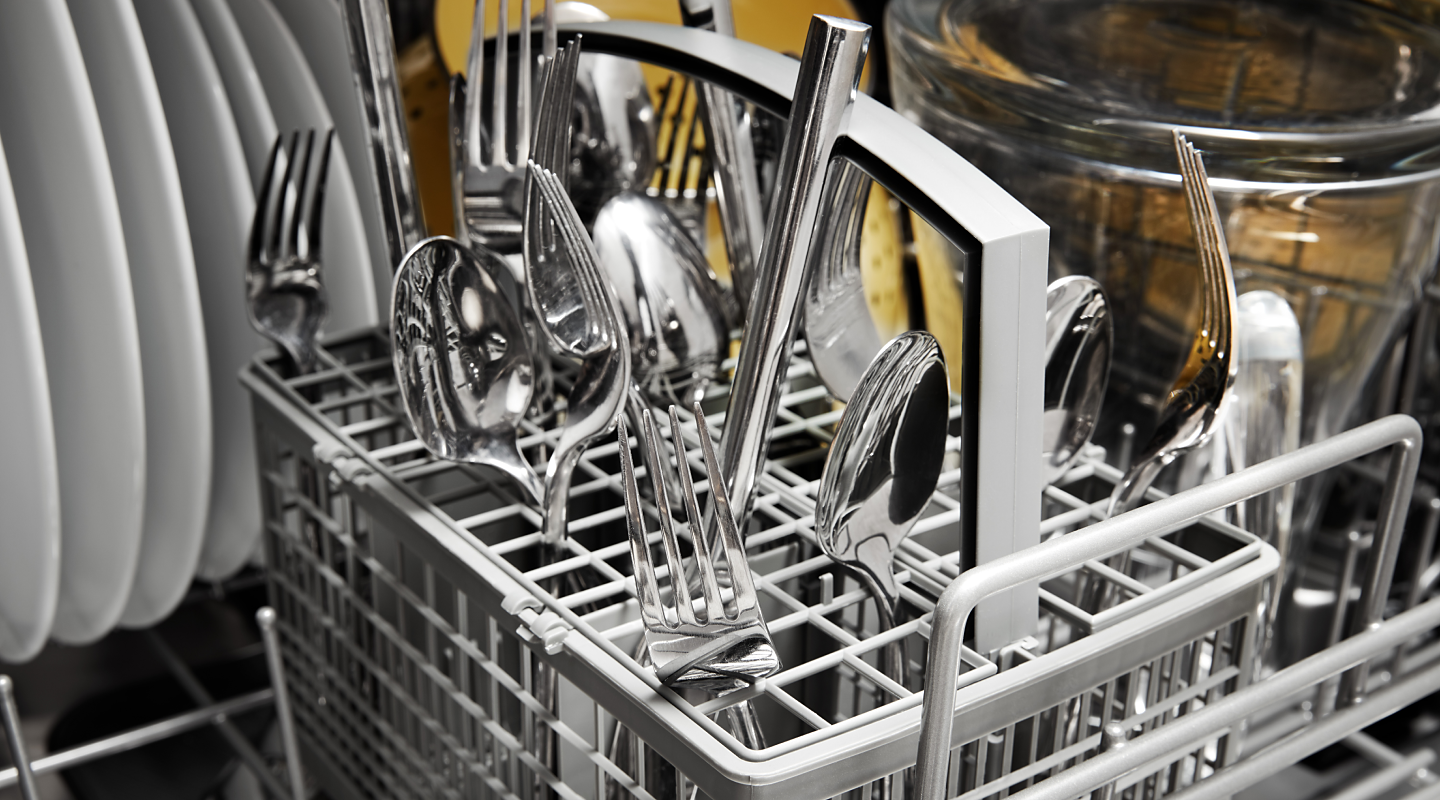
When your dishwasher won’t draw water, there are a few parts that could be at fault.
- The Water Inlet Valve: This valve serves as the entrance for hot water to enter, initiating the washing cycle in your dishwasher. If it’s not functioning properly, the machine will be unable to pull in new water.
- The Float Switch: This switch is located at the bottom of the dishwasher and is responsible for detecting how much water is in the machine. If it’s stuck, it won’t detect any new water entering the machine and will prevent you from using it.
- The Thermistor: This part monitors the temperature of the water entering the machine and can prevent it from starting if it’s too hot.
- The Water Pressure Switch: This switch monitors the pressure of the water entering your machine and will stop it from running if the pressure is too low. [3]
How To Prevent Dishwasher Breakdown
Despite the robustness of modern dishwashers, there are still a few preventative steps you can take in order to reduce the occurrence of breakdowns.
- Check your dishwasher regularly for any signs of wear or damage and repair or replace parts as needed.
- Replace worn hoses on a regular basis, as they can become brittle and prone to cracks over time.
- Ensure the dishwasher is properly leveled on all four corners of its base, as an unevenly balanced machine can cause water flow problems.
- Clean out any excess food, grease or other debris from the filter regularly so it doesn’t get blocked and impede the water flow.
- Check the inlet valve regularly to ensure it is opening and closing properly, as any problems will make it difficult for the dishwasher to draw in water.
- Make sure the door seal is in good condition and not leaking so that no water leaks out during a cycle.
- Regularly inspect the spray arm and its nozzles, ensuring they are free of any obstructions that could impede the water flow.
- Run a maintenance cycle at least once per month in order to clear out any built-up residues from within the tube or pump.
- Keep an eye on your dishwasher’s energy consumption and make sure that it is using the correct amount of electricity for each cycle.
Tips For Fixing A Washing Machine That Won’t Fill With Water
- Check the water supply valve – The first step to take if your dishwasher is not getting any water is to check the water supply valve. Be sure to look around the dishwasher or below your kitchen sink; this is typically where you’ll find it. Make sure that it’s open and that there is a steady flow of water coming through it. If this doesn’t solve the problem, proceed to the next step.
- Check the hose connection – The water supply hose connecting your dishwasher to the water source may not be connected properly or it could be damaged. Make sure that this is tightly fitted and that there are no cracks or obstructions in it before moving on.
- Check for clogs in the drain line – If your dishwasher is not filling with water, there could be a clog blocking the drain line. Check for this by disconnecting the dishwasher from the power source and removing any excess dishes or food particles from it. Next, employ a wet/dry vacuum to draw out any particles that could be obstructing the drain line.
- Replace any damaged or worn parts – If all of the above steps fail, you may need to replace certain components in your dishwasher if they are damaged or worn out. This could include anything from the water inlet valve to the hose connection and more. It is best to consult a professional technician for this as it can be a difficult and time-consuming process. [4]
FAQ
What causes a dishwasher not to pump the water out?
The most common cause of a dishwasher not pumping water out is an issue with the drain pump. The drain pump could be impeded by debris, or it’s possible that the electrical wiring and motor responsible for powering the drain pump are faulty. If the drain pump is obstructed, it will impede your dishwasher’s ability to effectively remove water.
How do I know if my dishwasher inlet valve is clogged?
Controlling the water that enters your dishwasher is an integral part of its function, and this vital task falls to the inlet valve. If the dishwasher is clogged, chances are water won’t be flowing in like it should- or worse yet, at all. In some cases a slow trickle might enter intermittently as well. To check for a clogged inlet valve, remove any debris or buildup from the valve body, and use a multimeter to test for continuity. If there is no continuity, then you likely have a clogged inlet valve and it needs to be replaced.
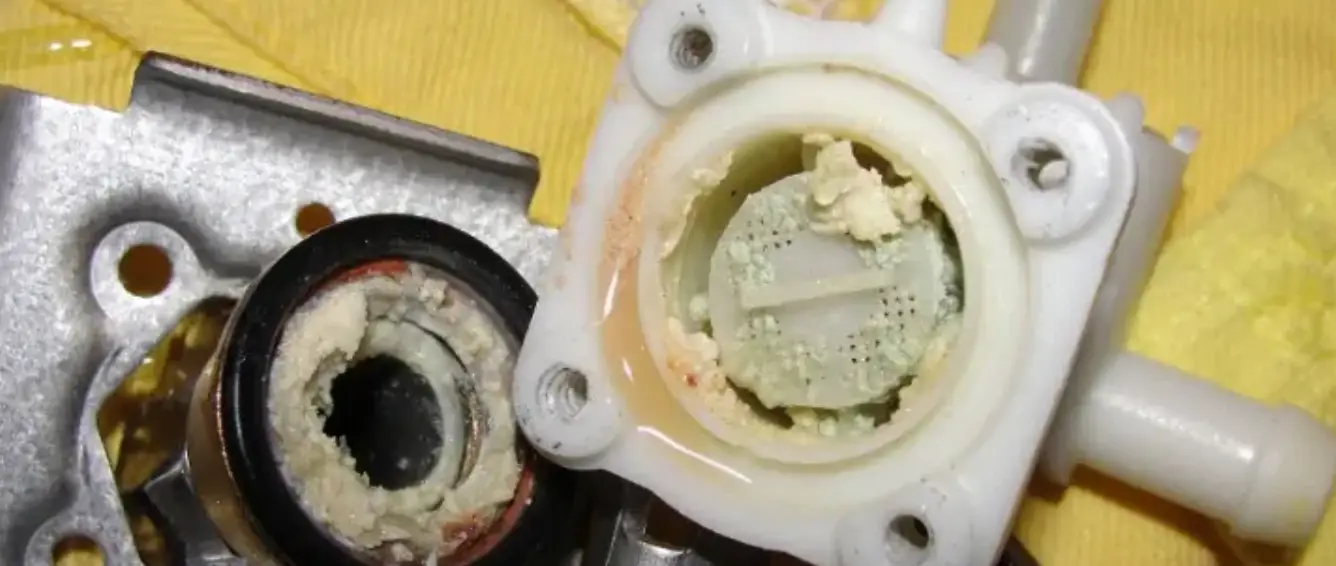
How do I turn on the water supply to my dishwasher?
To get your dishwasher up and running, you’ll need to track down the shut off valve before you can turn on the water supply. This is usually located on the wall near the dishwasher, but it may also be in your basement or under your kitchen sink. Once you have identified the valve, rotate it in a clockwise direction to unlock and permit water to pour into the dishwasher. In the event that you’ve been unable to locate your shut off valve, it may be advisable to call a professional plumber who can assist you in finding it. Once the water supply is turned on, check your dishwasher for any blockages or obstructions in the water line. If anything is blocking the flow of water, you will need to remove it in order to get your dishwasher working again.
How do I unclog my dishwasher Inlet?
Overlooking a clogged inlet is an easy blunder when your dishwasher isn’t getting water, however it’s one of the most common causes. The inlet is the hose that supplies water to your dishwasher, and if it’s blocked, then water will not reach the appliance. Luckily, unclogging your dishwasher inlet is relatively easy and typically requires just a few basic tools.
- Before you begin, be sure to unplug the power to your dishwasher and turn off the water supply.
- Locate the inlet valve, typically located under the sink or behind a kick panel.
- Use a wrench to loosen the compression nuts and remove the inlet hose from the valve.
- Unscrew the filter screen from the inlet valve and clean it with hot, soapy water.
- Replace the filter screen and tighten the compression nuts back onto the inlet valve.
- Turn the water supply back on and reconnect the power to the dishwasher.
How do you reset a dishwasher that won’t drain?
If your dishwasher isn’t draining, consider resetting it for a potential fix. To complete this task, simply shut off the power to your dishwasher at the circuit breaker and disconnect it from its outlet. After completing the steps, wait approximately 10 minutes before plugging it back in. Give it a few minutes to reset and then turn the power back on. Now, you should be able to successfully fill your dishwasher with water and allow it to drain accordingly. If this does not work, you may have a clog in the drain hose or a fuse issue that needs to be checked by a qualified technician.
How do I reset my dishwasher?
Is your dishwasher failing to fill with water? Give it a reset by taking these steps.
First, check the circuit breaker and make sure the power switch is in the “On” position. If the issue persists, temporarily shut off power to your dishwasher for 30 seconds and then turn it back on.
Subsequently, ensure that the water supply valve is open and providing a steady stream of fluid. If it is, check the water inlet valve to make sure it’s not clogged or blocked.
Ultimately, remove any obstructions that could be impeding the inlet valve before running a rinse cycle to ascertain if water is entering your dishwasher. If your dishwasher has yet to be filled with water, it may be wise to consider consulting a repair technician.
They can diagnose the issue and provide you with the necessary parts and repairs to get your dishwasher up and running again.
How do I know if my dishwasher pump is not working?
The key sign that your dishwasher pump is not working is if the machine does not fill with water. This can be a symptom of an issue with the pump, or a blockage. To diagnose which it is, you’ll need to do some troubleshooting.
Begin by ensuring that the water supply valve is fully open. If the valve is operating as expected, then you should inspect the dishwasher’s inlet valve for potential issues. This is located inside the dishwasher near the bottom of the unit. To check it, use a multimeter to test for continuity. Should your inlet valve lack coherency, a replacement may be necessary.
Once you have determined that the dishwasher pump is not working, contact a qualified service technician to have it repaired or replaced. The pump of your dishwasher serves a critical purpose, so make sure to repair it as soon as possible. If you can’t fix it yourself, contact a service technician to help get your dishwasher back up and running.
How much does it cost to fix a dishwasher pump?
The cost of repairing a dishwasher pump will vary depending on the type of pump and the extent of the problem. Generally you can expect to pay between $150 and $400 for the repair. This will cover labor costs, parts, and any other associated fees. If the pump is beyond repair, you will likely have to replace it completely, which can increase the cost significantly.
How do I know if my water inlet valve is clogged?
If your dishwasher is unable to deliver water, the cause may be a blocked inlet valve. In order to diagnose this issue, you’ll need to locate the valve. It’s usually found at the bottom of the dishwasher, near where the water hose is connected to the appliance. If it’s clogged, you’ll need to open the valve and clear out any debris or build-up that’s preventing it from functioning properly. Once the valve is open, check for any blockages or sediment and remove them with a brush. If you still find yourself without water, it may be time to replace the valve entirely.
Useful Video: Dishwasher Won’t Fill With Water — Dishwasher Troubleshooting
Conclusion
All things considered, a clogged hose or faulty pump could be the reason why your dishwasher is not receiving water. If you think it’s a clogged hose, try to disconnect the hose and clear the blockage. If you think it might be a bad pump, you may need to replace it. To diagnose the issue and figure out which part is causing the problem, you may want to consult a technician. Once you identify the cause, you can take steps to fix it and get your dishwasher back up and running.
References
- https://fixappliances.ca/dishwasher-repair/what-to-do-if-the-dishwasher-not-getting-water/
- https://www.whirlpool.com/blog/kitchen/dishwasher-not-filling-with-water.html
- https://www.bobvila.com/articles/dishwasher-not-getting-water/
- https://www.maytag.com/blog/kitchen/dishwasher-not-getting-water.html#:~:text=Water%20supply%20valve%20is%20closed,line%20and%20into%20the%20unit.





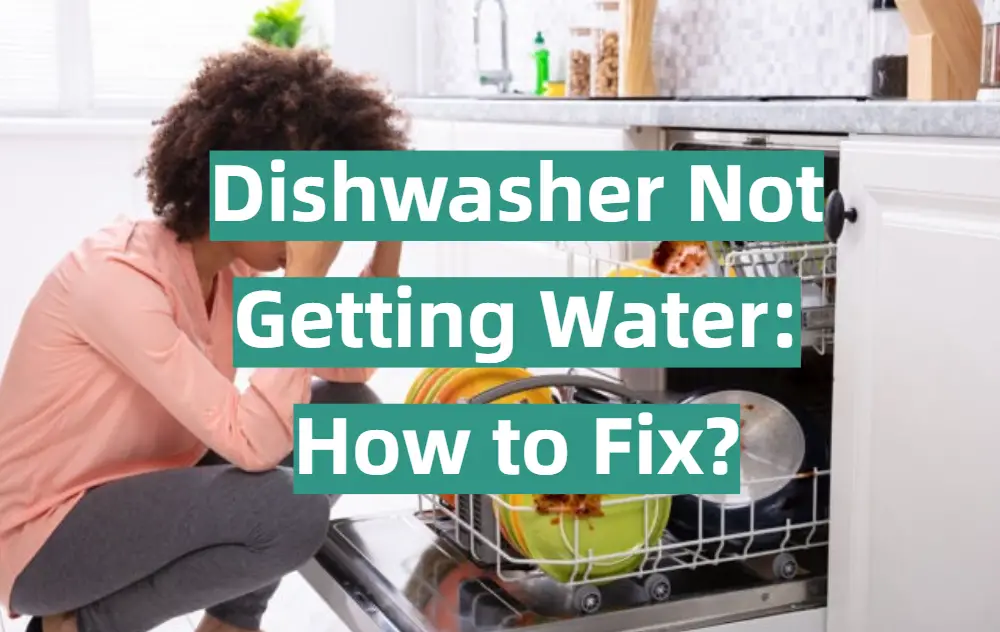




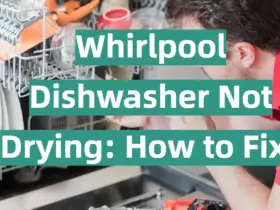
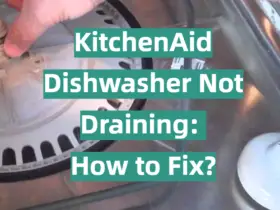
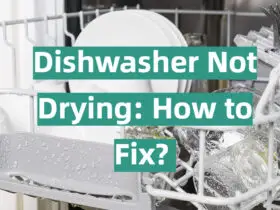
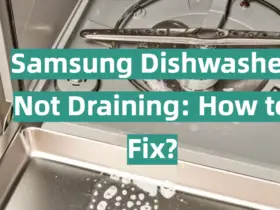
Leave a Reply